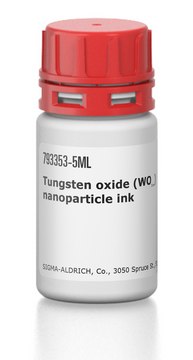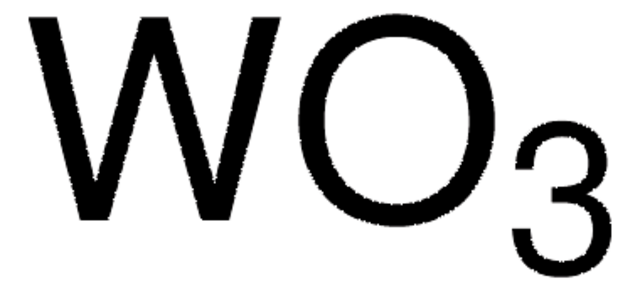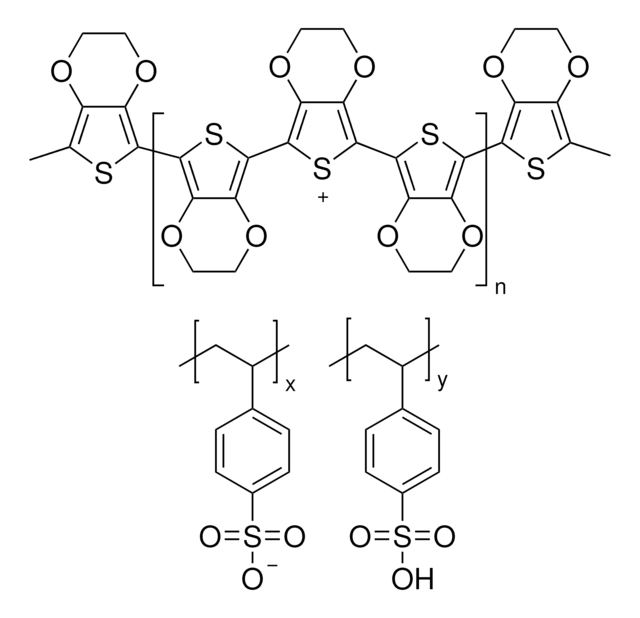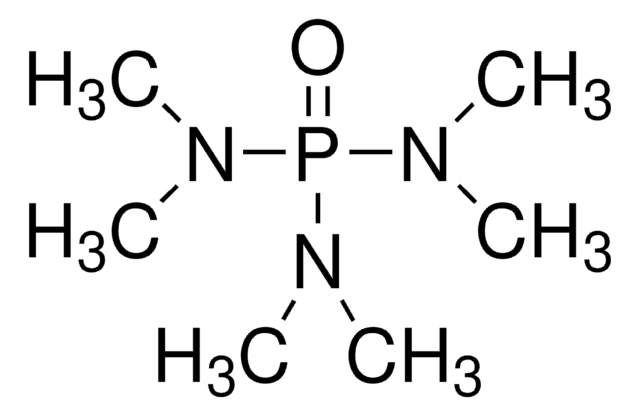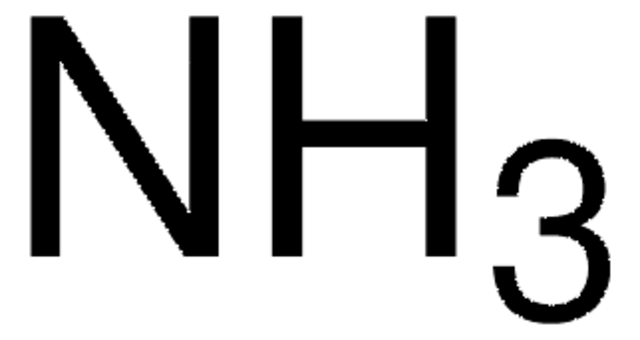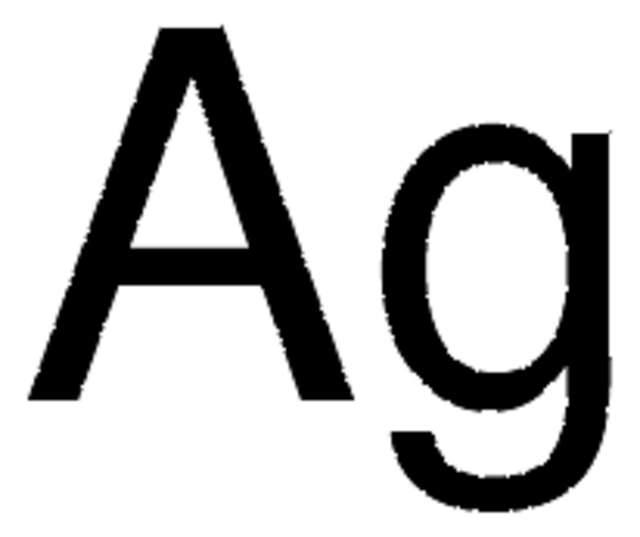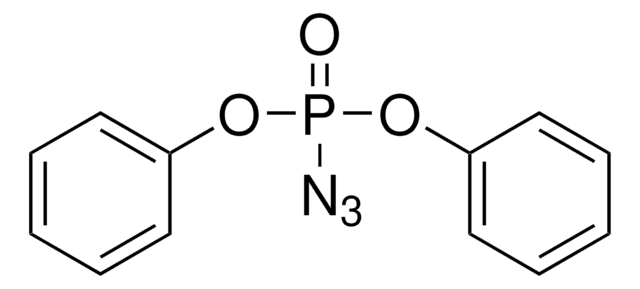807753
Tungsten oxide nanoparticle ink
2.5 wt. %, viscosity 8 cP
Synonym(s):
Avantama P-10-Jet, Nanograde P-10-Jet, W03 nanoparticle ink, WO3 ink, WO3 nanoparticle dispersion, WO3 nanoparticle suspension
About This Item
Recommended Products
description
Solid content: 2.5 wt% crystalline WO3 in 2-propanol and propylene glycol
Viscosity: 6.1 ~ 10.1cP
form
dispersion
concentration
2.5 wt. %
work function
-5.3--5.7 eV
particle size
11-21 nm
viscosity
8 cP
Application
Preparation Note
- Storage: In dark at room temperature, Keep in plastic container (glass container can influence dispersion stability).
- Prior to application: Shake, ultrasonicate with sonic horn.
- Post-treatment: Annealing of deposited WO3 films at >120°C.
Legal Information
Signal Word
Danger
Hazard Statements
Precautionary Statements
Hazard Classifications
Eye Irrit. 2 - Flam. Liq. 2 - STOT SE 3
Target Organs
Respiratory system
Storage Class Code
3 - Flammable liquids
WGK
WGK 1
Flash Point(F)
69.8 °F
Flash Point(C)
21 °C
Regulatory Information
Choose from one of the most recent versions:
Already Own This Product?
Find documentation for the products that you have recently purchased in the Document Library.
Articles
Professors Tokito and Takeda share design principles and optimization protocols for organic electronic devices, focusing on flexibility and low cost.
Progress in solution-processed functional materials leads to thin-film optoelectronic devices for industrial and consumer electronics.
Our team of scientists has experience in all areas of research including Life Science, Material Science, Chemical Synthesis, Chromatography, Analytical and many others.
Contact Technical Service